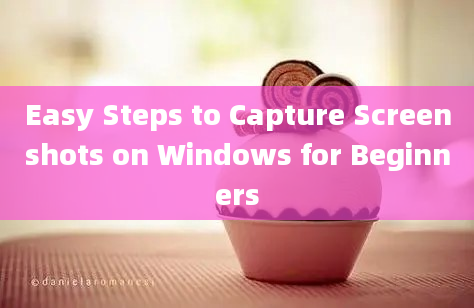Mastering Liquid Measurements: The Relationship Between Quarts and Gallons

Understanding liquid measurements is crucial in various fields, from culinary arts to scientific research. One of the fundamental aspects of liquid measurement is grasping the relationship between quarts and gallons. This article delves into the details of these units, their history, and practical applications, providing a comprehensive guide to mastering liquid measurements.
Historical Background
The quart and gallon are both units of volume in the imperial and United States customary systems. The gallon has its origins in the medieval period, where it was used to measure wine and other liquids. The quart, derived from the Latin word "quartus," meaning a fourth, is essentially a quarter of a gallon.
According to the Encyclopedia Britannica ([source](https://www.britannica.com/science/gallon)), the gallon has undergone various definitions over the centuries. In the United States, the liquid gallon is defined as 231 cubic inches, while the imperial gallon, used in the United Kingdom, is slightly larger at 277.42 cubic inches.
The Mathematical Relationship
In the U.S. customary system, the relationship between quarts and gallons is straightforward:
1 gallon = 4 quarts
1 quart = 1/4 gallon
This relationship is consistent across both liquid and dry measurements, although the actual volume differs slightly for dry quarts and gallons.
The National Institute of Standards and Technology (NIST) provides detailed conversions and standards for these measurements ([source](https://www.nist.gov/pml/weightsandmeasures/metricsiprefixes)).
Practical Applications
Understanding this relationship is essential in everyday life. For instance, in cooking and baking, recipes often require precise measurements. Knowing that a gallon of milk can be divided into four quarts helps in making accurate conversions and adjustments.
In the scientific community, precise measurements are critical for experiments and research. The consistency of these units ensures that data is reliable and replicable.
Conversion Tips
When converting between quarts and gallons, it's helpful to remember a few key points:
1. Multiplication and Division: To convert gallons to quarts, multiply by 4. To convert quarts to gallons, divide by 4.
2. Fractional Understanding: Recognizing that a quart is a quarter of a gallon can simplify mental calculations.
3. Use of Tools: Measuring cups and conversion charts can be invaluable in ensuring accuracy.
For more detailed conversion tips, the U.S. Department of Agriculture (USDA) offers practical guides and resources ([source](https://www.usda.gov/media/blog/2016/01/28/measurementsmadeeasy)).
Conclusion
Mastering the relationship between quarts and gallons is a fundamental skill that enhances accuracy and efficiency in various tasks. Whether you're a professional chef, a scientist, or simply someone looking to improve their measurement skills, understanding these units and their conversions is invaluable.
Frequently Asked Questions (FAQs)
1. How many quarts are in a gallon?
Answer: There are 4 quarts in a gallon. This is a standard conversion in both the U.S. customary and imperial systems.
2. What is the difference between a U.S. quart and an imperial quart?
Answer: A U.S. quart is approximately 0.946 liters, while an imperial quart is about 1.136 liters. The imperial quart is larger due to the different definitions of the gallon in the U.S. and the UK.
3. Can quarts be used for dry measurements?
Answer: Yes, quarts can be used for dry measurements. However, it's important to note that the volume of a dry quart is slightly different from a liquid quart.
4. How do you convert gallons to quarts?
Answer: To convert gallons to quarts, multiply the number of gallons by 4. For example, 2 gallons is equal to 8 quarts.
5. Why is understanding the relationship between quarts and gallons important in cooking?
Answer: Precise measurements are crucial in cooking and baking to ensure the desired outcome of recipes. Knowing the relationship between quarts and gallons helps in making accurate conversions and adjustments.
6. Is the conversion between quarts and gallons the same in all countries?
Answer: No, the conversion can vary depending on the country's measurement system. The U.S. and the UK have different definitions for gallons and quarts.
7. How many cups are in a quart?
Answer: There are 4 cups in a quart. This is another fundamental conversion in the U.S. customary system.
8. What is the origin of the term "quart"?
Answer: The term "quart" comes from the Latin word "quartus," meaning a fourth. It signifies that a quart is a quarter of a gallon.
9. Are there any online tools available for converting quarts to gallons?
Answer: Yes, there are numerous online conversion tools and calculators available, such as those provided by NIST and other measurement authorities.
10. How can I remember the conversion between quarts and gallons?
Answer: One helpful mnemonic is to remember that "quart" sounds like "quarter," which reminds you that a quart is a quarter of a gallon.
By understanding these FAQs and their answers, you'll be wellequipped to handle any liquid measurement challenge that comes your way.










